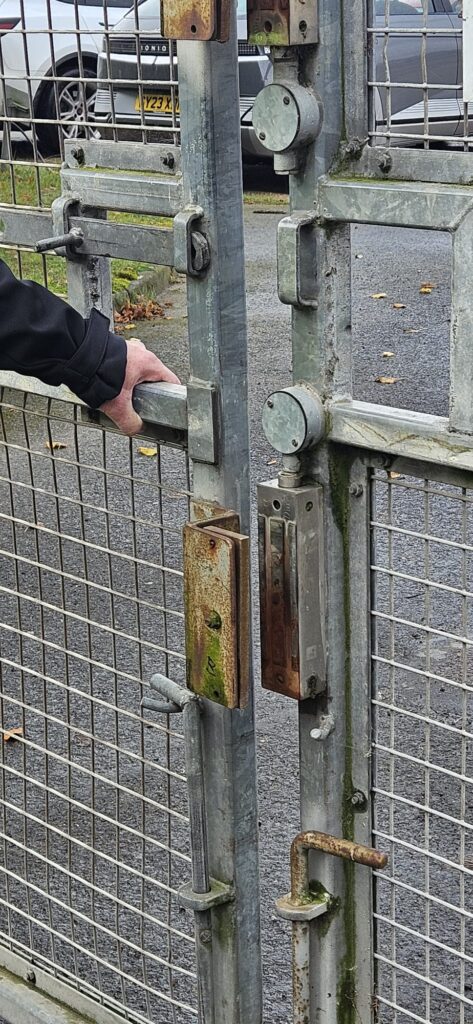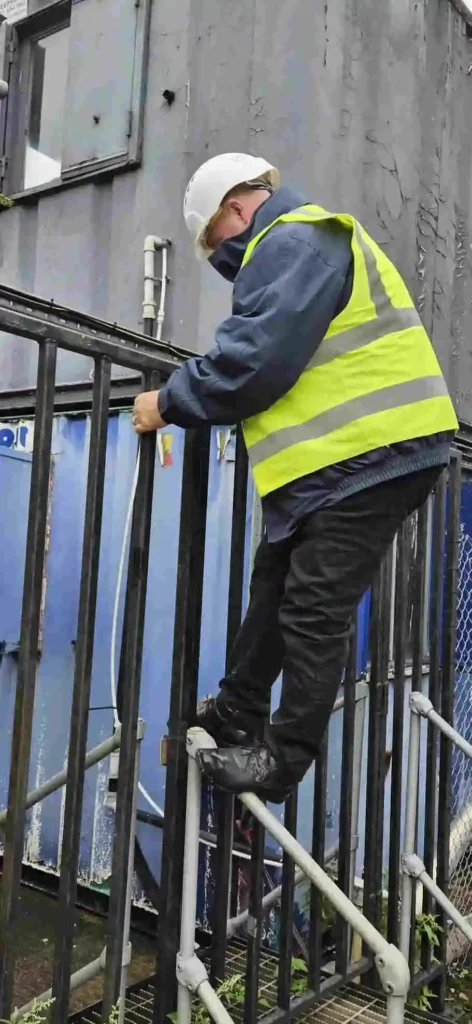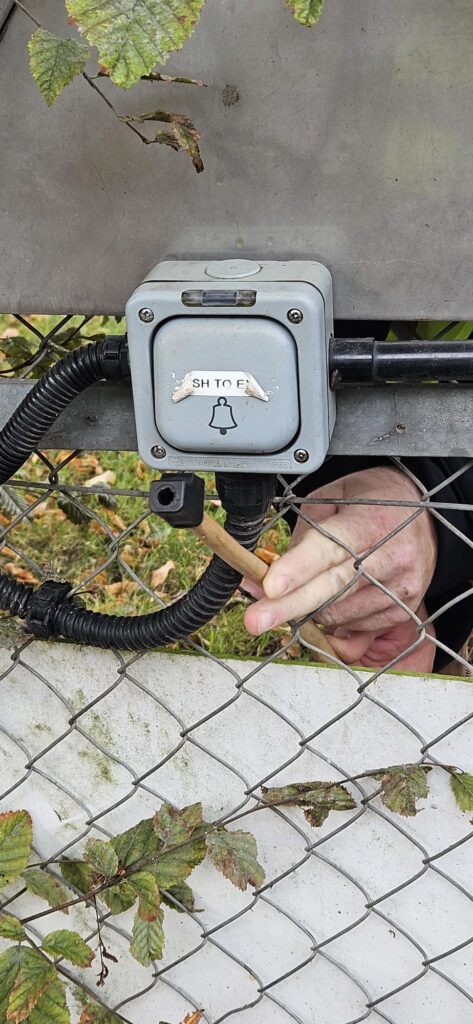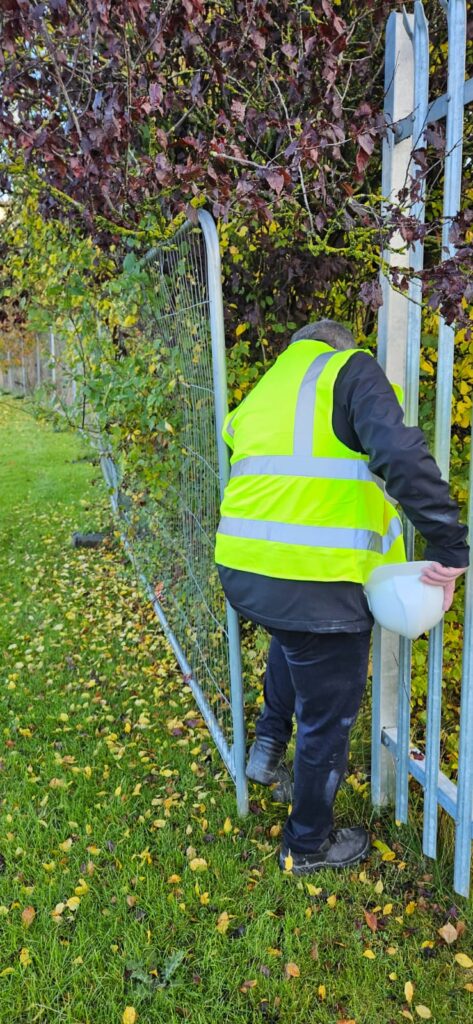
site Security audits
Professional Risk Assessments for Safer, Smarter Sites
At MW Global Security, we conduct comprehensive on-site security audits to identify real vulnerabilities before they become incidents. Our audits are evidence-based and carried out in person by experienced security specialists who understand the unique risks facing each site type. Unlike paper-based assessments that often overlook real-world issues, our audits expose gaps in physical security, access control, surveillance, and emergency readiness — delivering clear, actionable recommendations tailored to your site, sector, and operational needs.
What Is a Site Security Audit?
A site security audit is a structured, physical inspection of your premises to assess the effectiveness of your current security measures.
It evaluates your site’s ability to deter, detect, delay, and respond to threats ranging from trespassers to terrorism.
We don’t rely on guesswork — we highlight actual weaknesses and provide a clear roadmap for resolving them.
We Check:
You can’t improve what you don’t know is broken. Our job is to uncover what others miss.
Industries We Audit
We tailor every audit to your environment, with sector-specific risks in mind:
If your sector isn’t listed, get in touch — we’ll advise you honestly if our services are appropriate.
What We Uncover: Common Site Weaknesses
Compromised Gates and Locks

Observation:
The magnetic locking mechanism on this external gate had failed completely, enabling it to be opened freely without authorisation. This represents a critical access control failure — allowing unchallenged entry to restricted premises.
Recommendation:
Mag locks must be inspected and tested regularly to ensure full engagement and holding force. Failed units should be replaced immediately. All access control points should be checked against BS EN 13637 for emergency exit devices and supported by physical reinforcement to deter bypass attempts.
Perimeter Climbing Aids

Observation:
Unsecured objects such as railings, wheelie bins, skips, or containers placed near fences can be used as makeshift ladders to scale perimeter barriers.
Recommendation:
All objects capable of being climbed must be relocated away from fences and secure boundaries. Regular perimeter patrols should include checks for climb-aiding objects and repositioning as part of access control enforcement.
The access to site took seconds with the use of the fixed climbing aid.
Remote Activation Through Fence Breach

Observation:
A gap in the perimeter mesh allowed unauthorised manual access to a secure gate activation point using a stick. This presents a serious breach risk — enabling intruders to activate entry systems without crossing the physical boundary.
Recommendation:
Access control devices must not be installed within reach of the perimeter fence. All such systems should be shielded, repositioned, and routinely inspected for tampering risks. Items capable of assisting such bypasses — even those found on-site like sticks or discarded materials — must be cleared during regular patrols.
Perimeter Fence Weaknesses

Observation:
Thin mesh, gaps, or flexible perimeter sections are often hidden behind vegetation or poorly visible from patrol routes, creating unseen entry points.
Recommendation:
Strengthen fencing where flexibility or decay is observed. Ensure clear line-of-sight from key positions and perform seasonal trimming of foliage. Where fencing interfaces between temporary (e.g. Heras panels) and permanent structures (e.g. palisade fencing), ensure no accessible gap exists that allows squeezing through or bypass.
Permanent mesh fencing should conform to BS 1722-14 for security-grade open mesh steel panel resilience.
What Does Our Audit Involve?
Every audit is carried out by experienced professionals with operational backgrounds in site security, compliance, and threat prevention.
We typically follow a four-phase process:
We begin by understanding your site’s purpose, operations, risk concerns, and any recent incidents. This ensures our audit aligns with your environment — whether it’s a high-value infrastructure site or a temporary commercial unit.
We conduct a thorough walkthrough of the entire location. We look for exposed entry points, physical weaknesses, procedural gaps, and high-risk assets that could be targeted.
Key findings are recorded using photographs and structured notes, creating a clear visual and written log for review and action planning.
You’ll receive a professionally written report detailing our observations, risks, and tailored security recommendations. This includes:
Why Choose MW Global Security?
From power stations and private airfields to schools and industrial estates, our team brings real-world operational insight into modern threat landscapes. We understand how vulnerabilities emerge — and how to fix them before they’re exploited.
Our reports are structured to reflect best practices and professional frameworks, drawing on guidance from CPNI, BS EN security standards, and Martyn’s Law preparation requirements.
We don’t deliver recycled templates. Each audit is tailored to your site, with findings interpreted by experienced assessors who understand your sector and risk profile.
While we don’t provide digital cybersecurity services, we do assess physical access to IT assets — including server rooms, comms cabinets, and networked infrastructure. This reduces the risk of insider threats or unauthorised physical access.
We don’t overwhelm you with jargon. Our reports provide a clear summary of what’s wrong, what it means, and what to do — with step-by-step actions you can implement immediately or over time.
Related Consultancy Services
Want to go beyond the audit? We offer a range of consultancy services to strengthen your security posture — either standalone or integrated into a full-site strategy:
Ready to Book Your Site Audit?
Whether you’re preparing for compliance, responding to an incident, or proactively improving site security — MW Global Security is ready to support you.
